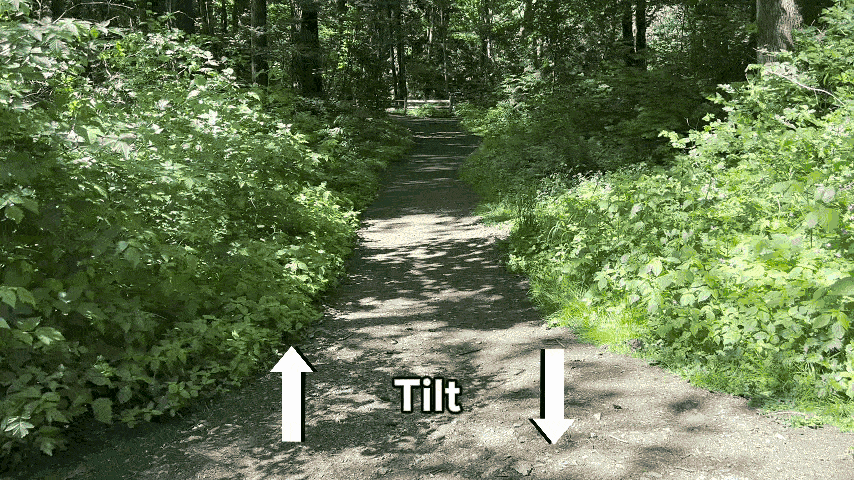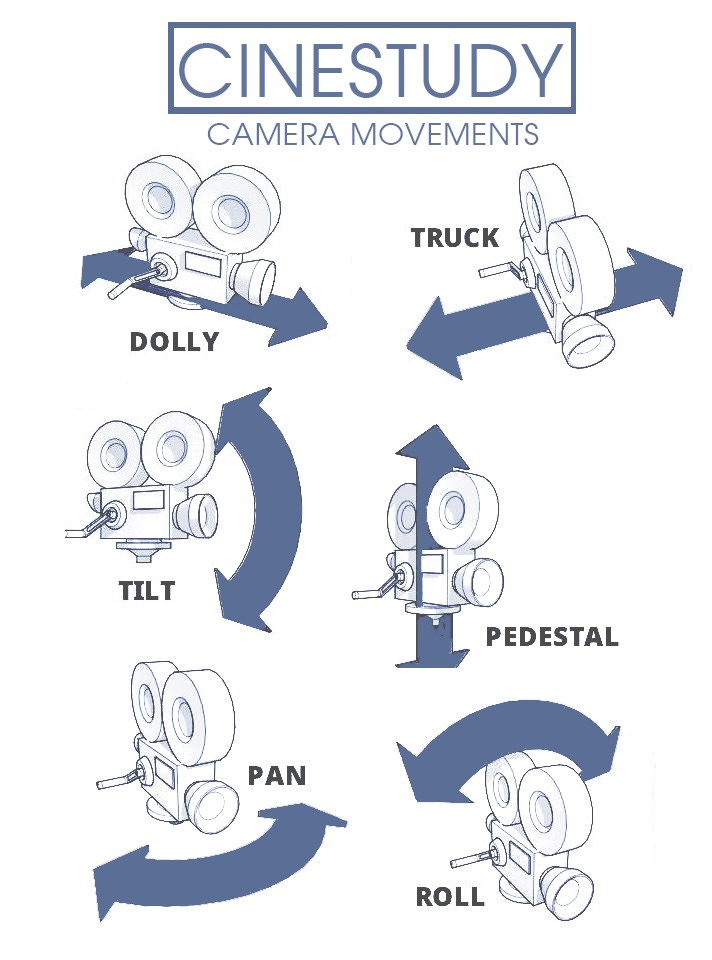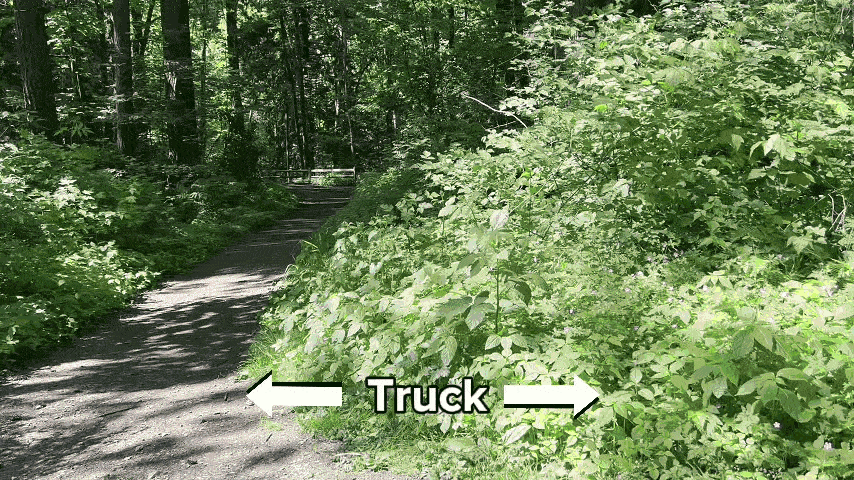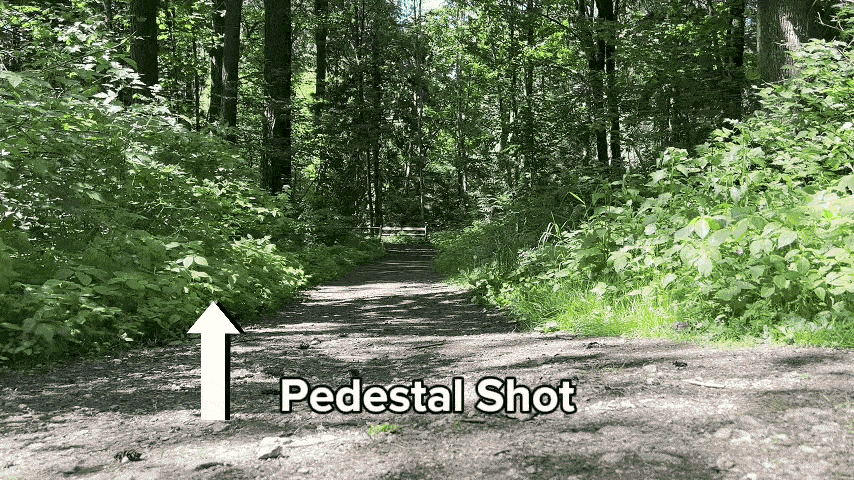In a recent classroom session with Grade 6, students were preparing to create Bill Nye style videos to explain the forces of motion. This class was already familiar with the editing software they were going to use, so I was asked to help the class with a few essential videography and photography skills. We decided to focus on camera techniques and how they can affect storytelling!

Science, Technology and Art
Cameras are so good these days that we don’t need to worry about quality or adjusting settings to get usable video. But, to tell a story with a camera is a whole other skill. In Grade 6, students should be able to explore artistic processes and express feelings, ideas and experiences through the arts. That doesn’t need to happen in an “ART” project. It can happen while students explore other areas of knowledge. In fact, the science curriculum explicitly says that students should be able to communicate ideas, explanations, and processes in a variety of ways. Let’s define “a variety of ways” as through the arts 😉. If we take a look at the ADST curriculum, we find that Media Arts describes how students should be able to explore techniques for using images, sounds, and text to communicate information, settings, ideas, and story structure.
Science, ADST and Art… looks like we’re going cross-curricular, friends!
Framing & Composition – The Rule of Thirds 🖼️
Our chat began with discussing the practical skills of framing and composition– a concept they’d previously discussed during an art lesson. As we began, a hand shot up,
“Can I explain the Rule of Thirds to the class!?”
At the whiteboard, our student volun-teacher drew a grid and explained what she knew about lining up the head of the subject with the intersecting grid lines. How awesome is it when the students teach each other!?

Steady Hands - Panning and Tilting ↔️ ↕️
Panning and tilting are useful for revealing more without moving the camera location. Panning is a horizontal movement of the camera on a fixed access from left to right (or vice versa). With your feet steady, rotate your hips to pan left and right.
Tilting is a vertical movement of the camera on a fixed access either upward or downward. Tilting enables students to highlight specific elements within the frame, drawing attention to details or shifting the focus of the narrative with precision.


Why would one want to pan or tilt while recording? These techniques can help slowly reveal the subject of a shot when panning the camera from one side of the frame to another, or showcase just how tall a building is when tilting the camera from the bottom up towards the top. It creates more dynamic storytelling.
A Tip for the Pros!
When recording a video that pans left or right, keep your elbows tucked into your sides and slowly rotate your hips, rather than depending on your arms – like a t-rex 🦖. This makes for a much smoother shot!
Other Movements
- 🛻 A truck shot is when the camera slides sideways to show something cool happening in a scene. It's like peeking through a window, but instead of moving your head, the camera moves smoothly to the left or right. Wes Anderson uses this technique a lot as his characters walk left and right across a scene. You can use this to follow a subject, or reveal something new in the scene or just make the scene look more exciting.
- 🗽 A pedestal shot is when the camera moves up or down. Imagine the camera moving in an elevator to see things from higher up or lower down, to give a different view of a scene, or again, to reveal something new.
- 🔄 A roll shot is when the camera rotates sideways along its own axis, like when you tilt your head to look at something sideways. Think, a dog who heard a funny noise. It's used to give a unique perspective or create a feeling of disorientation in a scene. If used correctly, it can add a sense of drama to the story.
- 🎥 A dolly shot is when the camera moves forward or backwards along an axis. This can be used to follow a subject from behind to give the feeling of a chase. Or leading through a setting, simulating a point of view.



As students dive deeper into the world of digital storytelling, some of these simple techniques can be the difference between a decent video and one with some cinematic flair. Remember: your students can do more than just make videos — they can tell stories told in their own unique voice and perspective. Giving them room to experiment allows them to show and shine!
That Wes Anderson Style 🦊
See some of these shots in action, care of Wes Anderson and his quirky, loveable cinematographic style.

